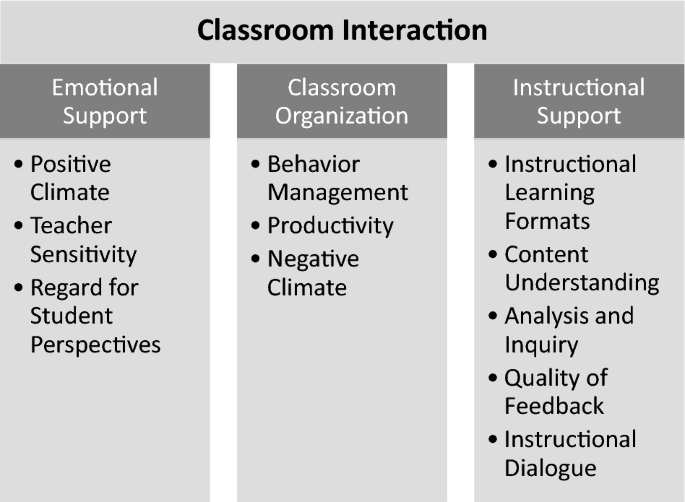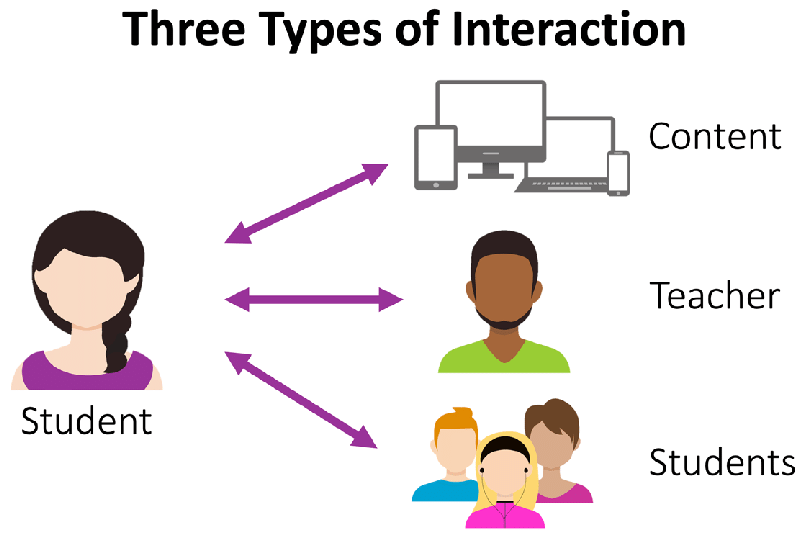Item 6: I interact meaningfully with every student.
It is crucial to establish strong connections with your students, and this goes beyond just their academic progress. Interacting with your students on a personal level every day can help create a supportive learning environment where students feel valued and cared for. It is important to show your students that you are interested in them as individuals, not just their grades or academic achievements.
Greeting every student as they enter the classroom is a simple yet effective way to show your students that you are approachable and available to them. You can also call on students during class discussions, even if they have given an incorrect answer in the past. This demonstrates that you believe in their potential and are willing to give them a chance to improve.
Non-verbal communication can also play a crucial role in building strong bonds with students. A friendly smile or a reassuring wink can make students feel more comfortable and connected with you.
Another effective way to build a strong relationship with your students is by getting to know their interests and hobbies. This allows you to connect with them on a personal level and create meaningful conversations outside of the classroom. Giving students opportunities to share their interests can also help them feel more engaged and motivated in class.
Goodwin and Hubbell offer these suggestions for interacting meaningfully with students:
Greet every student when he or she comes into class.
Don't just ask questions; call on students (e.g., mobile app, pull stick with their name on it, etc.)
Make time for interaction (e.g., during independent or group work).
Don't forget nonverbal communication (e.g., smile, high five, etc.).
Learn students' names quickly (e.g., take pictures of them and create a seating chart, etc.).
Text students and ask where they are if they are not in class.
Create opportunities for students to share their interests and talents.
Provide and pay attention to student learning choices because it allows you to get to know them better.
Encourage students to make personal connections to classroom material to learn more about their experiences and aspirations.
Just ask—during down time engage them in a casual conversation about what they are interested in outside of your class.
Reveal your interests and preferences to students to allow them to get to know you better.
Don't be overly serious (e.g., sprinkle in pleasant conversations, spontaneous laughter, and exclamation of excitement, etc.).
References:
Goodwin, R. & Hubbell, E. R. (2013). The 12 touchstones of good teaching: A checklist for staying focused every day.
Alexandria, VA: ASCD.

